The triumph of the "Austrian Bertha"
Campaign 1916
6, 8, 11, 12 and 14 batteries fought on the Balkan front. It was saturated with "Skoda" Italian front. For example, the 16 body has 1 and 10 batteries, and the 3 body has 2, 3, and 4 batteries with Skoda.
The participation of these weapons in the Romanian campaign and the Battle of Caporetto was perhaps one of the most effective periods in stories mortar - their kind of triumph.
In the 1916 campaign, the number of “motor batteries” reached the number 21 (42 305-mm guns) equipped with mortars M 11., M 16 and M 11 / 16. "Moto batteries" were withdrawn from the composition of the serf troops, becoming a fire reserve of the High Command.
By the summer, the number of “motorbikes” on the Italian and Balkan fronts is decreasing.
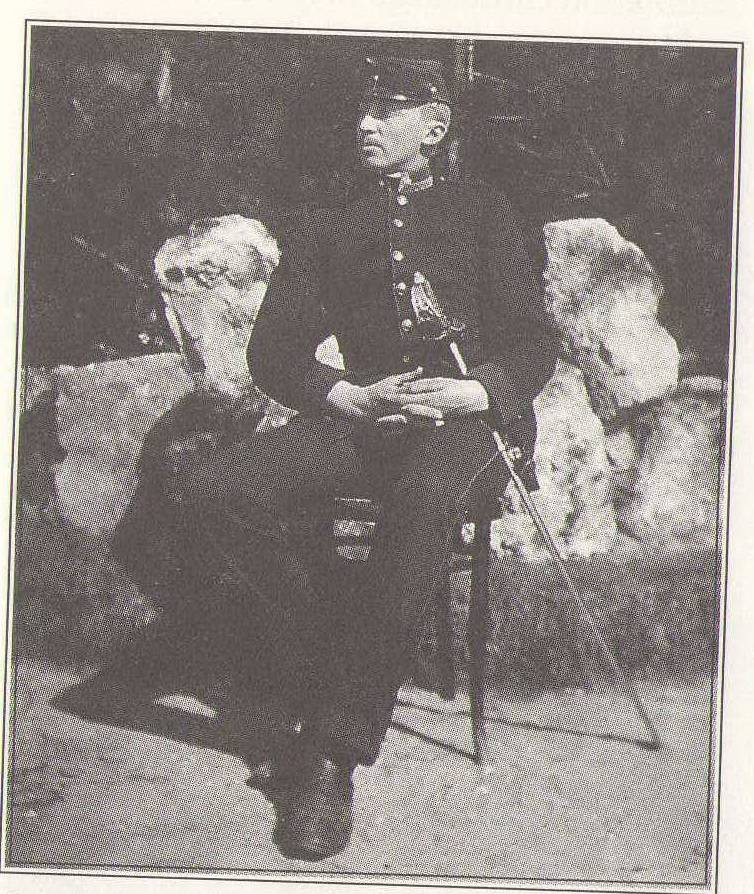
But on the eve of the Romanian campaign, the composition of the German 11 Army is greatly enhanced. So, if the 8 th Austrian corps of this army had only one (5 th) Skoda battery, then the 20 th corps had 6 batteries, and the firepower of the 3 corps was increased from 3 to 7 batteries. At the same time, the Austrian 3 Army, which had several Škod batteries a few months earlier, retained only one 1916 in May. But after the end of the crisis caused by the 1916 Southwestern Front, the Eastern Front was reinforced with several batteries (14 and 13 batteries in the 3 Army, 8, 1 and 17 batteries strengthened the hull Hoffmann and Kralichka of the South German Army).
The Škod batteries participated in the Romanian campaign - for example, the 3-i and 20-i batteries attached to the 6-nd case. Heavy artillery is very useful in the assault of Romanian fortresses. Bucharest defended 2 strong Danube fortresses - Tutrakan and Silistria. The first consisted of 15 forts - but was taken within two days. A similar fate befell Silistria. Thus, in September 1916, Skoda once again demonstrated its effectiveness - and Bucharest fell into the hands of the Austro-German troops.
End of war
In the reflection of the June offensive of the Russian army 1917, the 15 th “motor battery” participated. She also participated in the July counterstroke of the Austro-German troops (9 German and 2 Austrian divisions) - the artillery part of which was led by the famous G. Bruchmüller (gun fist - to 600 art-guns). The Russian troops, who lost their stamina and were shaken by the morale of the “revolution ailment”, were knocked down from positions, and the 25-km breakthrough was of crucial importance for the final operation - Galicia was lost by the Russians.
On 1917, 54 mortars were manufactured, summarized in 27 batteries. In the second half of the year there were 58 guns in 29 batteries. And 26 batteries (52 guns) turned out to be on the Italian front - which, after the revolutionary degradation of Russia, became the main thing for Austria-Hungary.
Thus, General Kraus's group had 28, 15, 13, and 21 batteries, General Stein's group had 20 and 5 batteries, 2-divisional German group, Berrer, generously equipped with Skoda, had 4, 14, 16 and 33 batteries, etc.
And the battle of Caporetto (the 12 battle at the Isonzo), which began in October 1917, was a real triumph for the Austrian heavy artillery. The Italian positions were swept from the face of the earth, and the Austro-German forces achieved impressive successes. The operation turned into a catastrophe for the Italians, hardly localized with the help of the arrived allied divisions.
305-mm batteries struck enemy defensive strongholds, communications, traffic interchanges, and led the fight against batteries. Special attention was paid to the destruction of the positions of heavy artillery and concrete / reinforced concrete structures and armored forts. The shortage of heavy equipment (including transport) in the Austro-Hungarian army (compared to the Germans) was more than offset by the motorization of the Skoda batteries, also adapted to the realities of the mountain war. Moreover, the Austrian 12-inches significantly strengthened the power of the German heavy artillery.
In 1918, the Austrian artillery was waiting for reorganization. So, already in 1917, a number of fortresses and serf areas (Krakow, Peremyshl, Mosquitoes, etc.) were abolished, and their fortress artillery regiments were reformed into heavy ones. “Motor batteries” were part of the organization of heavy artillery regiments (13-i and 14-i batteries - in 1-i, 1-i and 2-i batteries - in 2-i, 5-i, 6-i, and 13-i batteries - in 6, 5, 8 and 10 batteries - in 9, etc., with the batteries being periodically reassigned to different regiments, but actually operated separately, being a strategic reserve of the High Command. Batteries and regiments reinforced combined armies. The army now had 48 "motorbikes".
On average, in 1918, each army had several “motor batteries” —for example, the 10 army and the Isonzo army — on 4 such batteries.
305-mm mortar company Skoda has become one of the most sophisticated heavy howitzers of the First World War, a weapon that was distinguished by high firepower and mobility - which allowed him to equally effectively act both as a "killer of forts" and in field war, in the mountains and on the plain.
And this tool was waiting for long service - in the postwar period, as well as participation in the next world war.
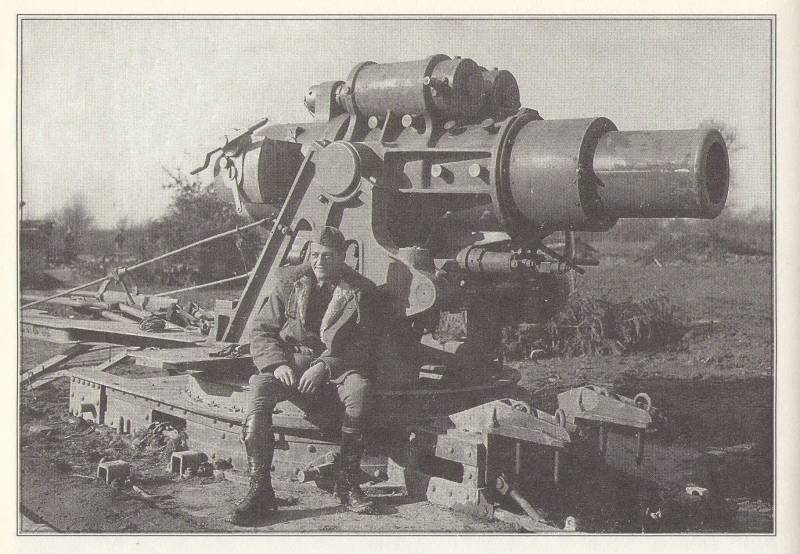
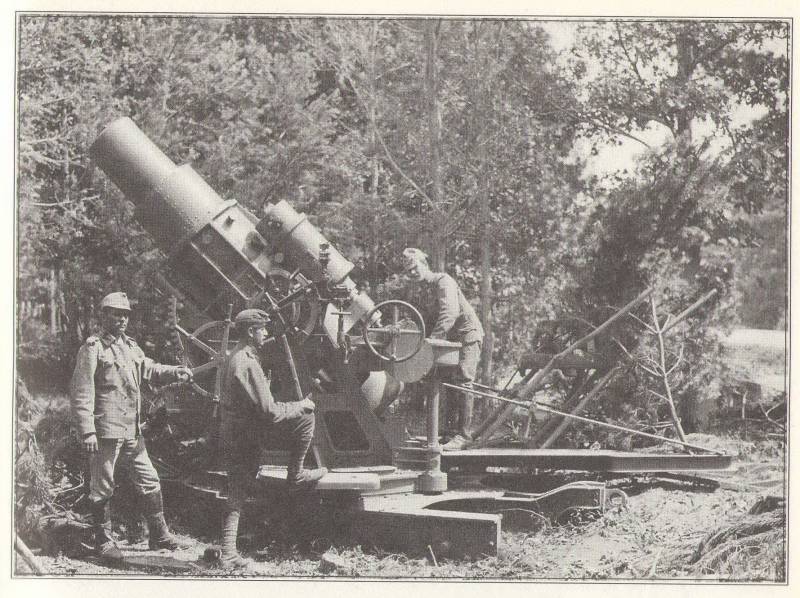
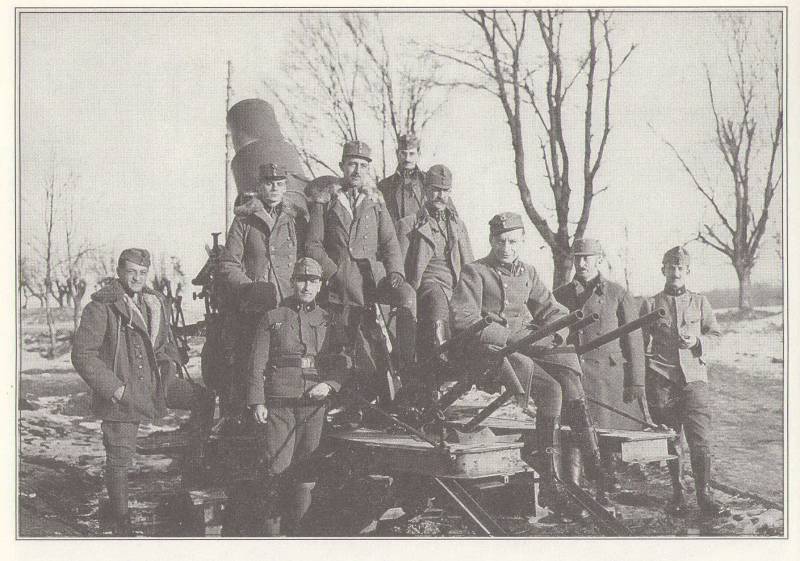
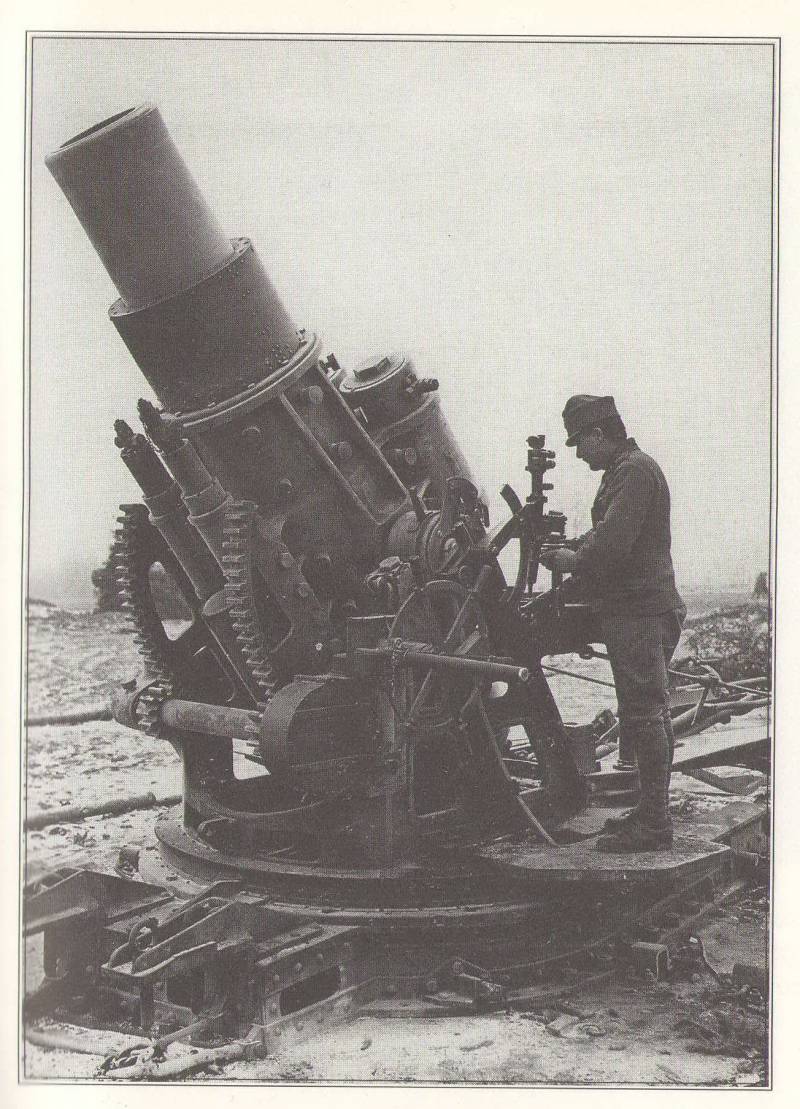
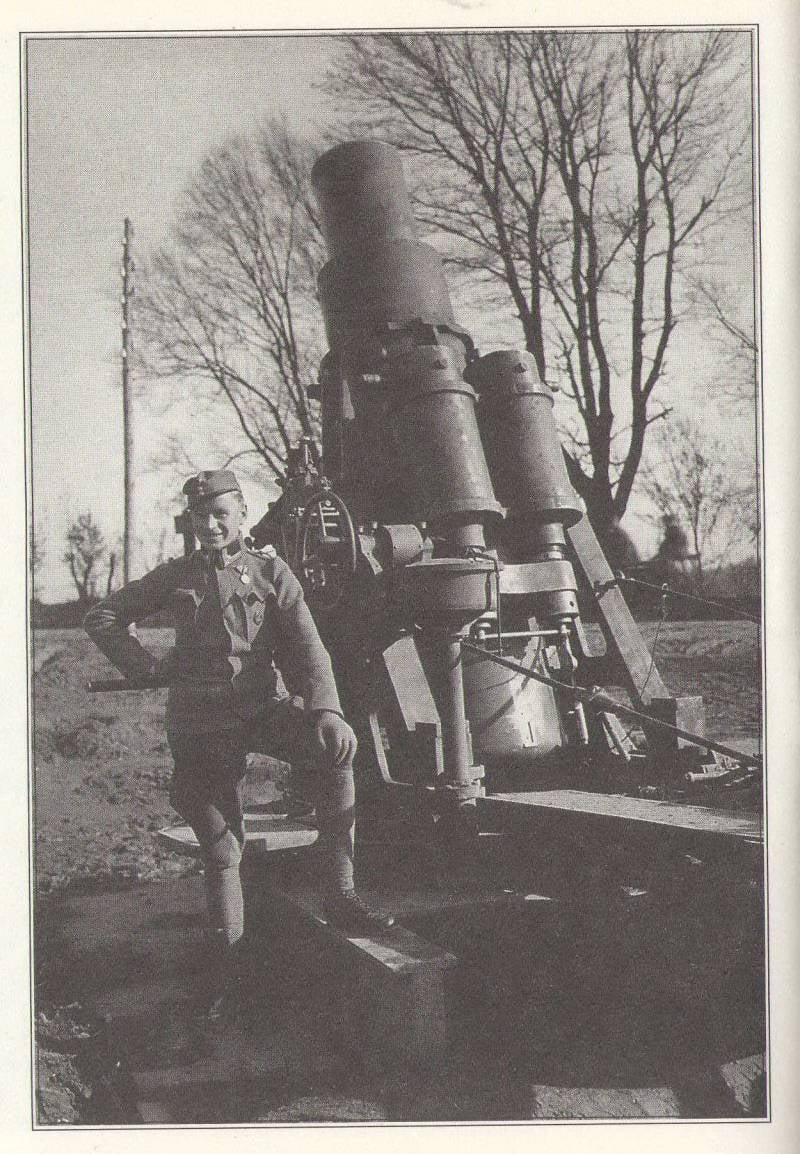
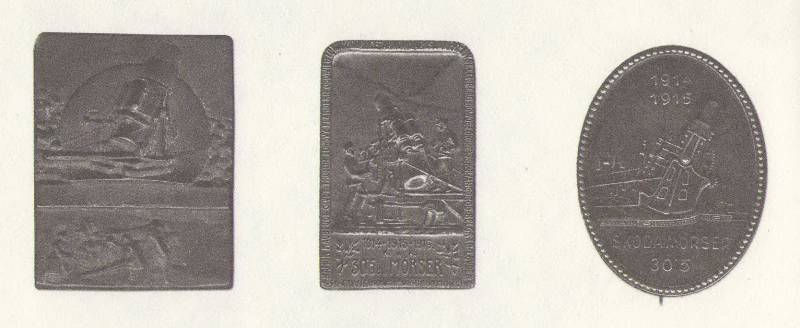
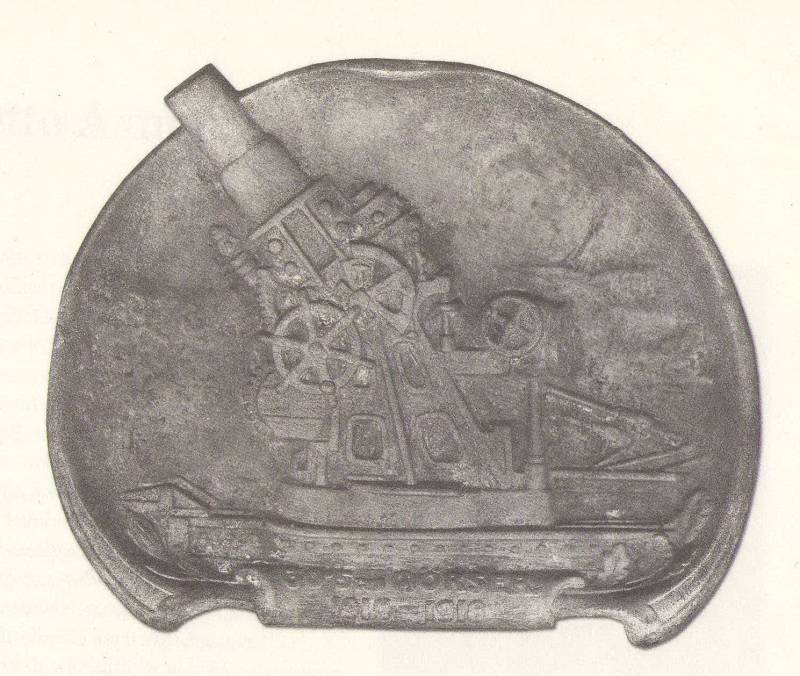
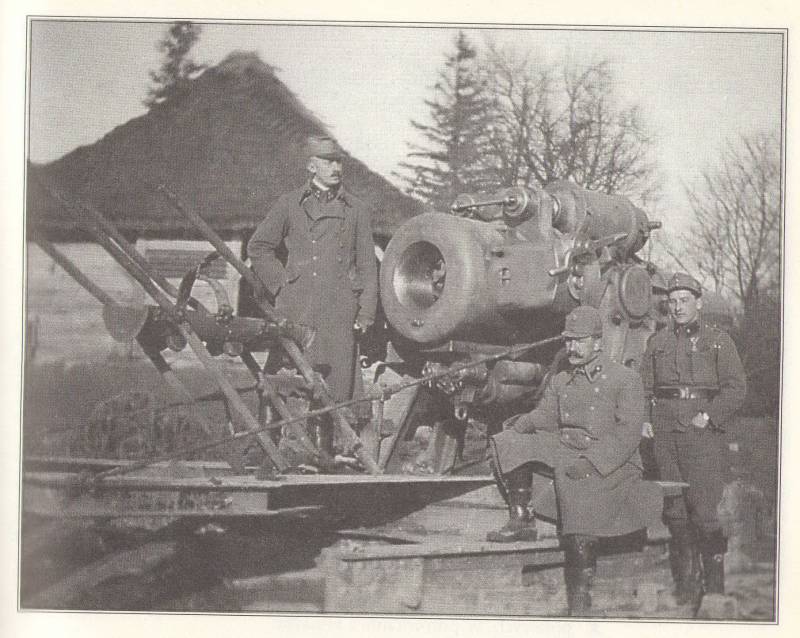
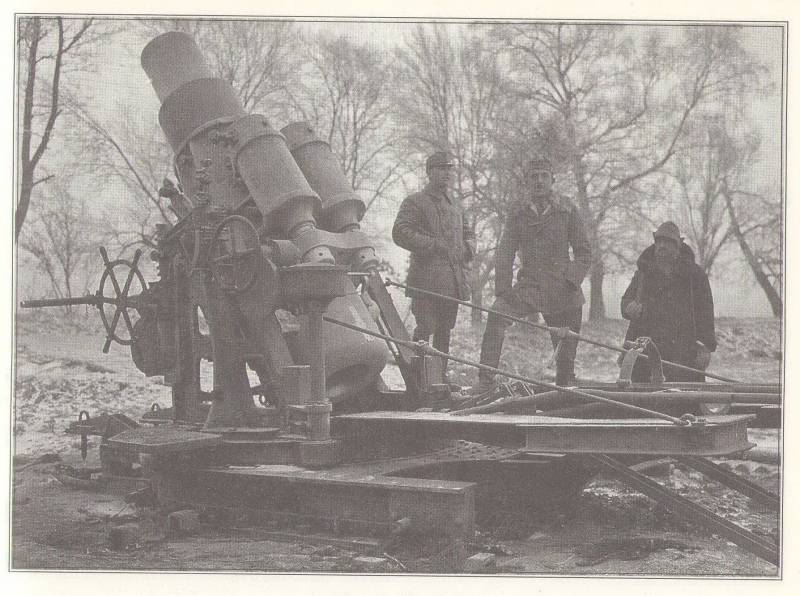
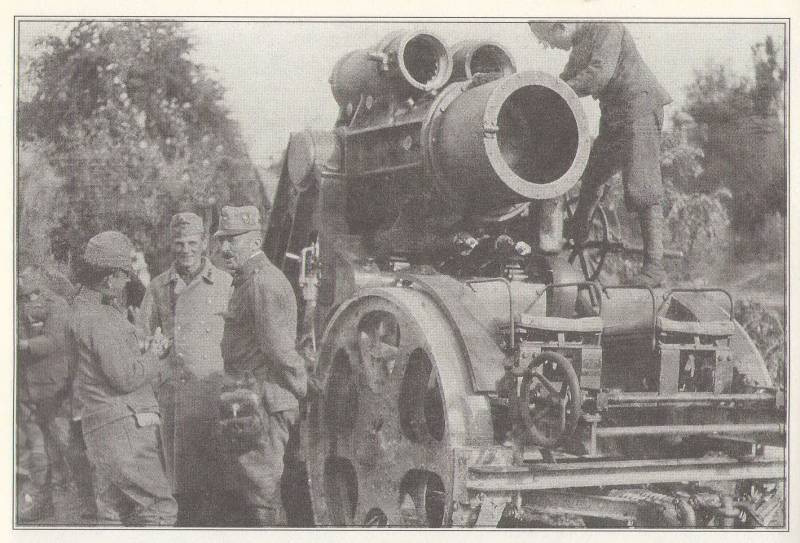
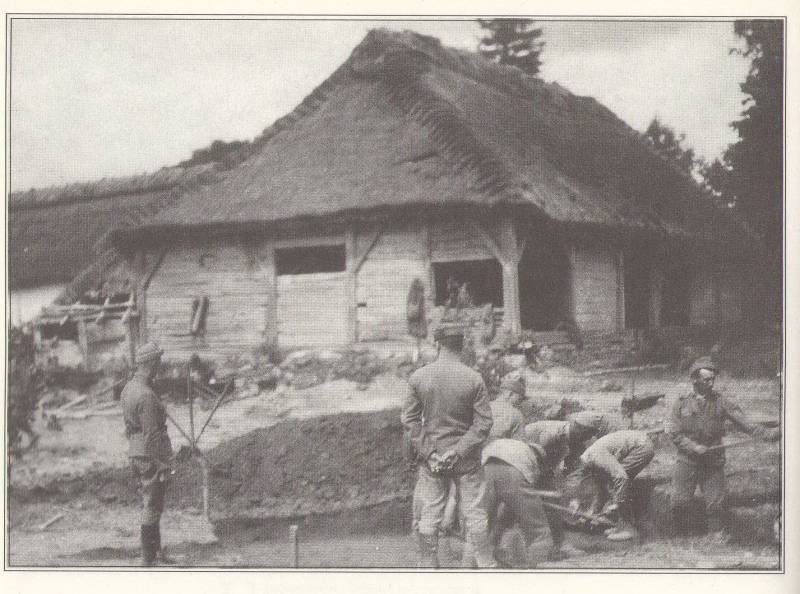
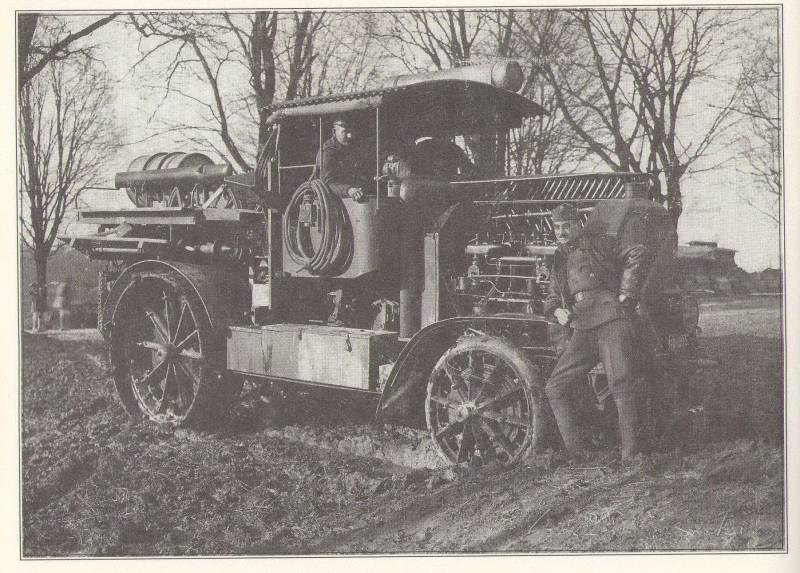
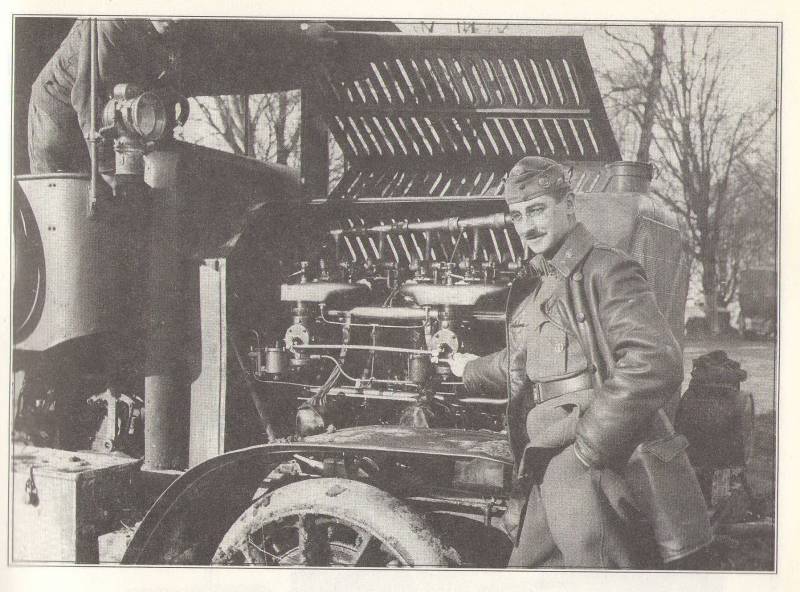
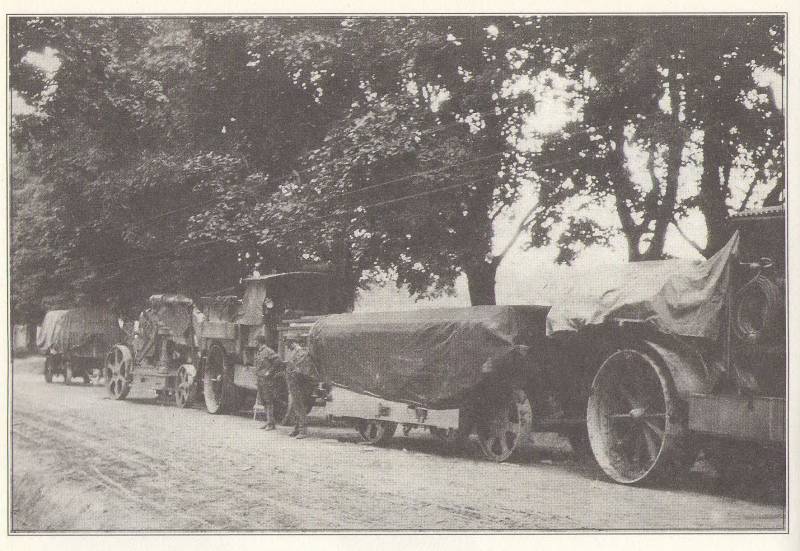
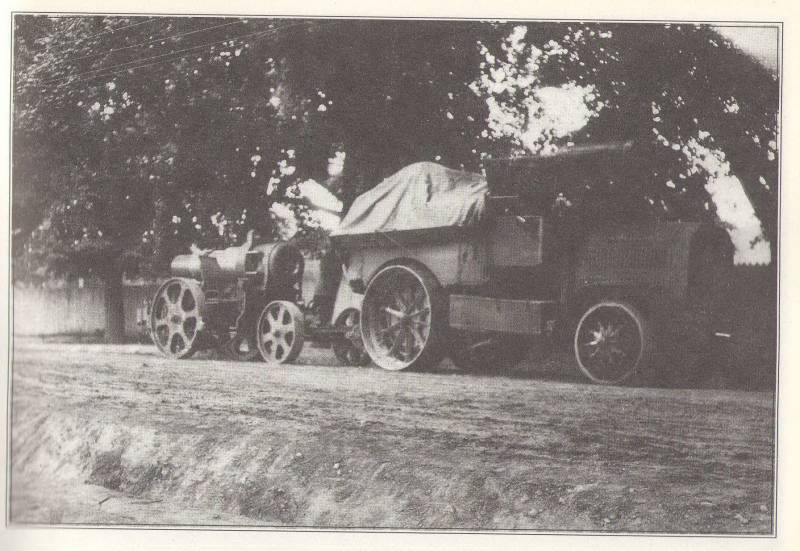
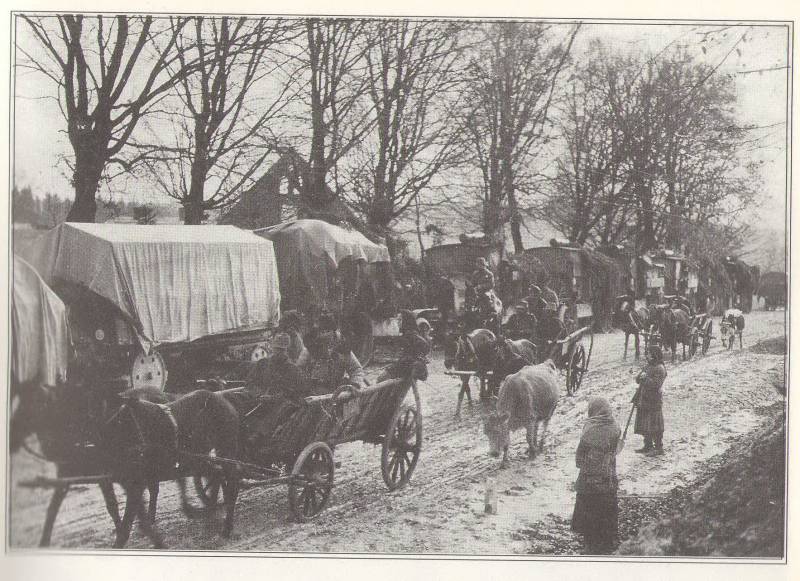
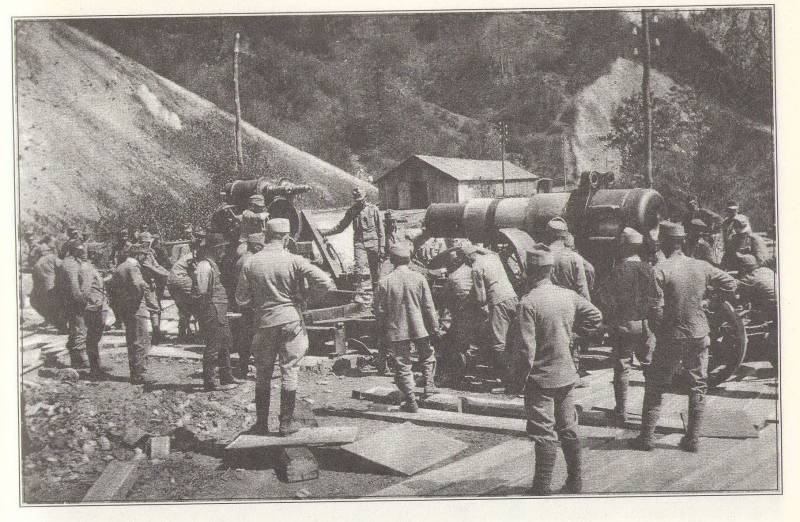
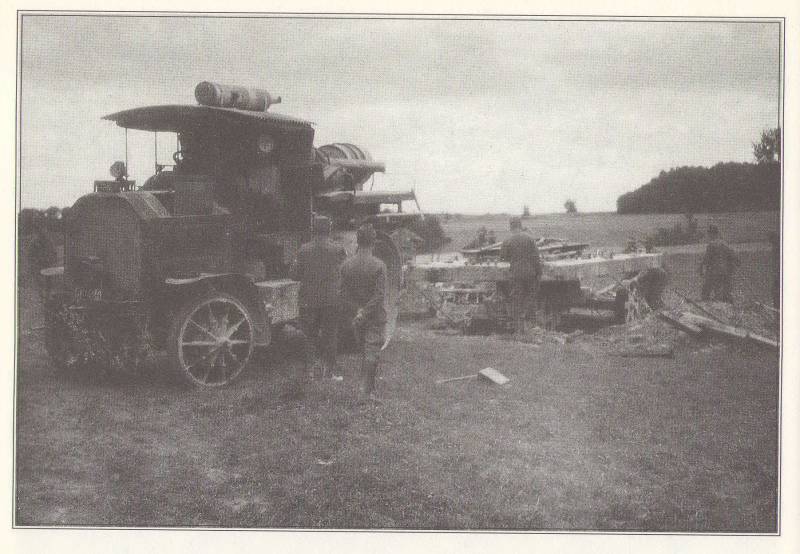
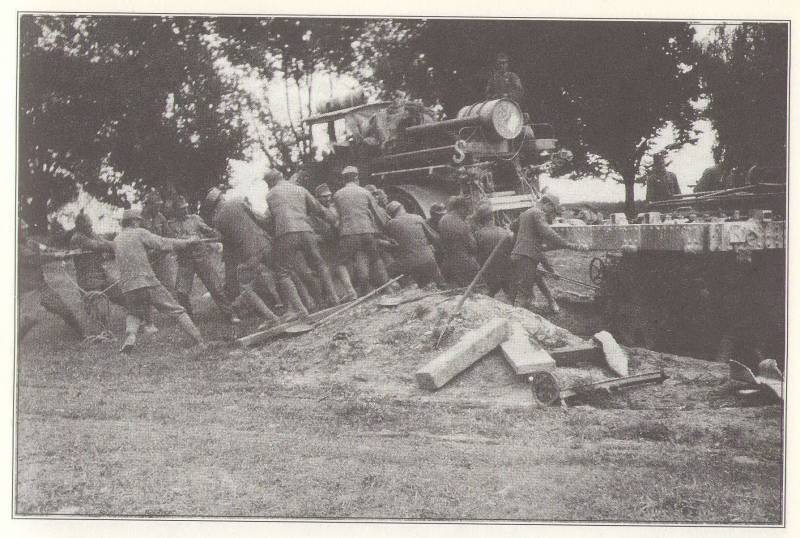
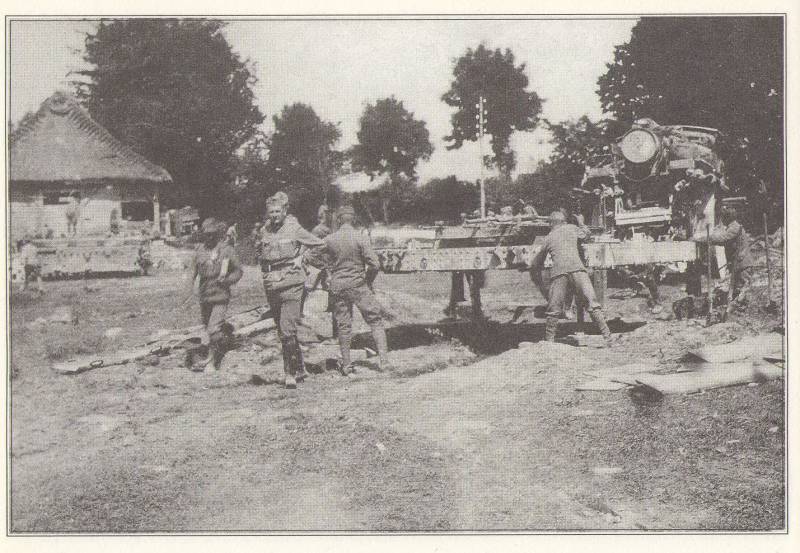
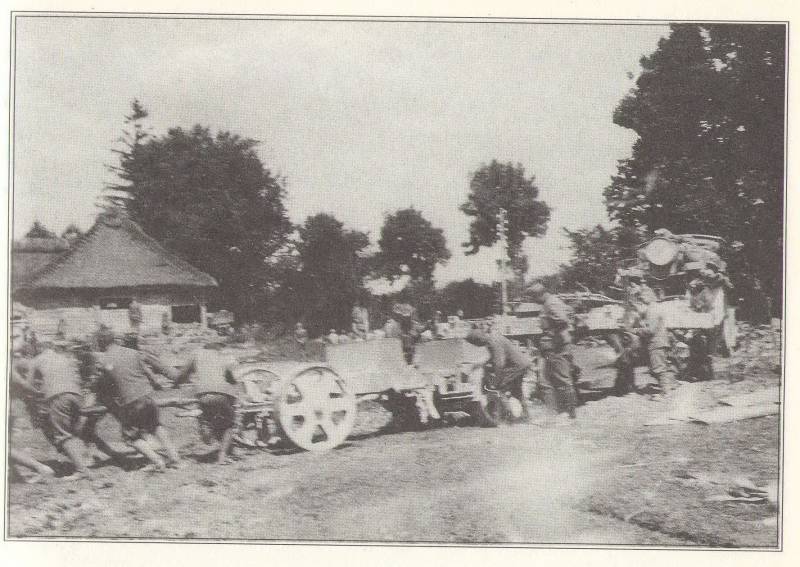
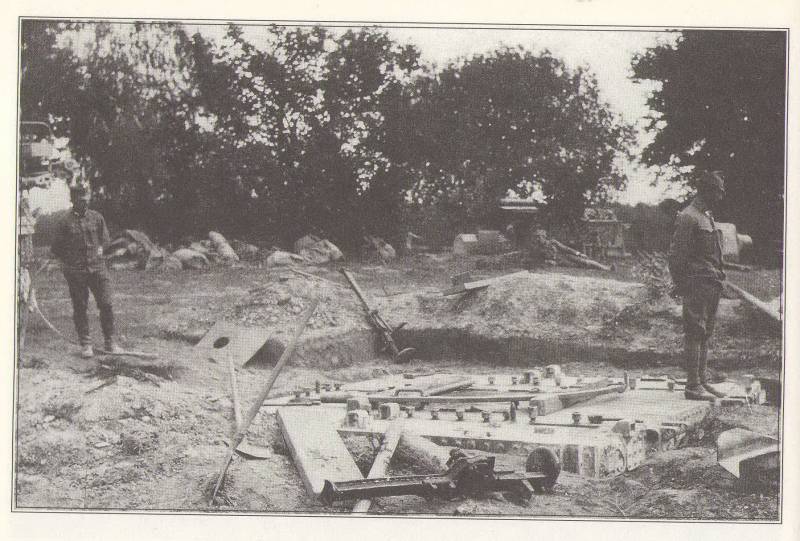
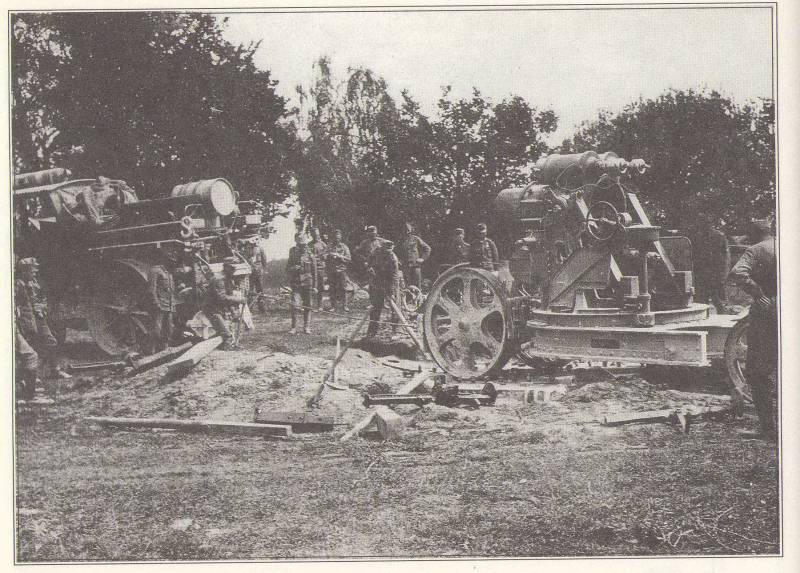
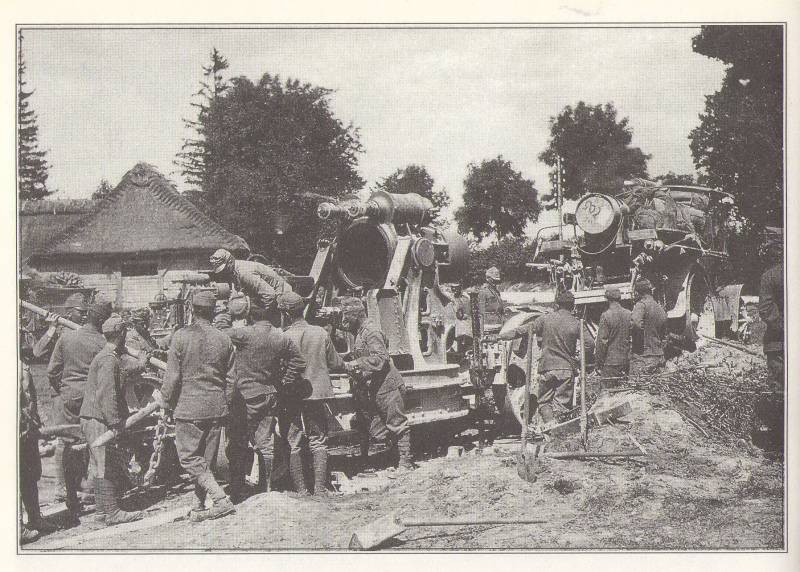
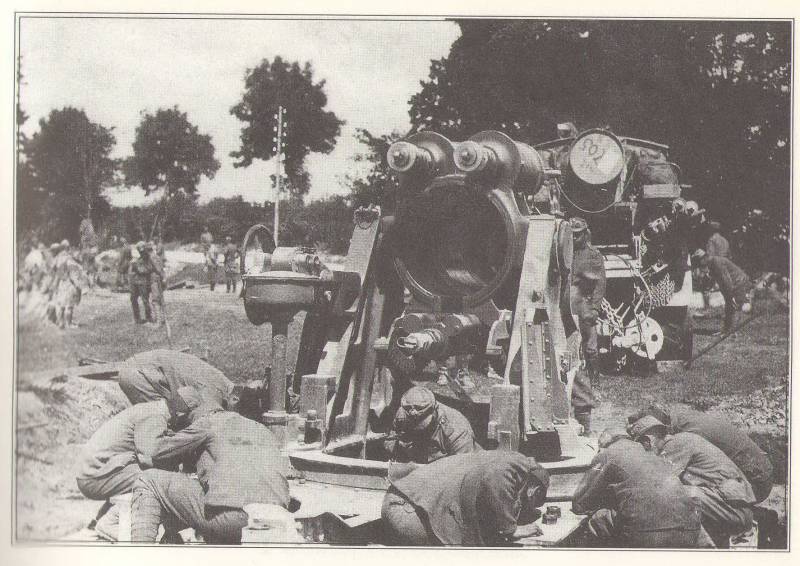
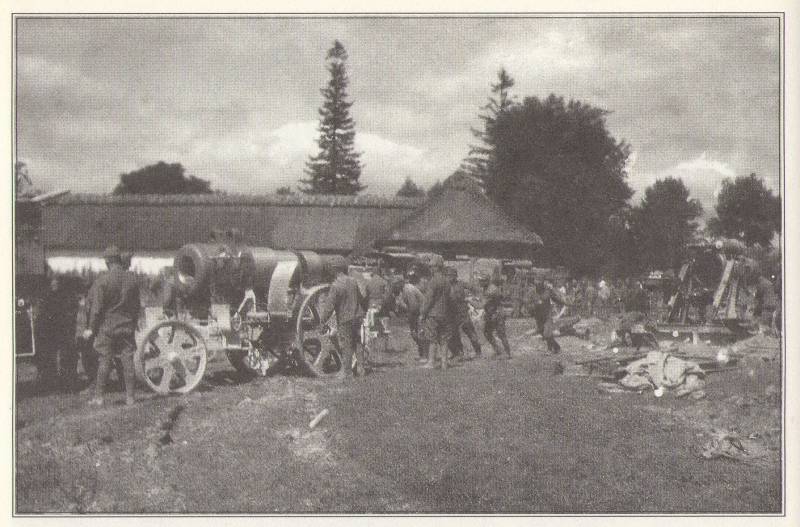
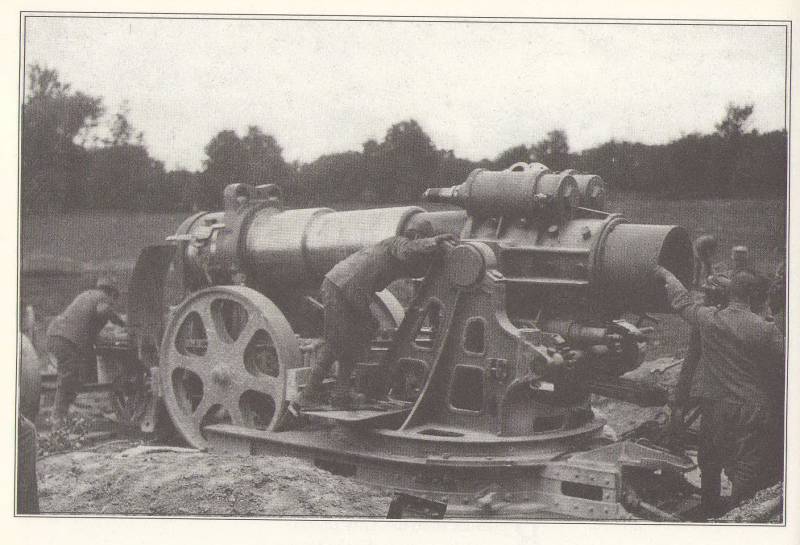
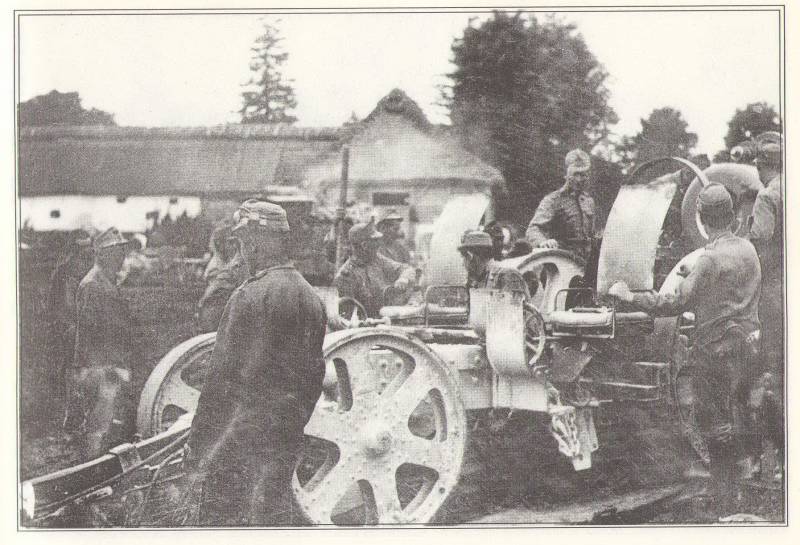
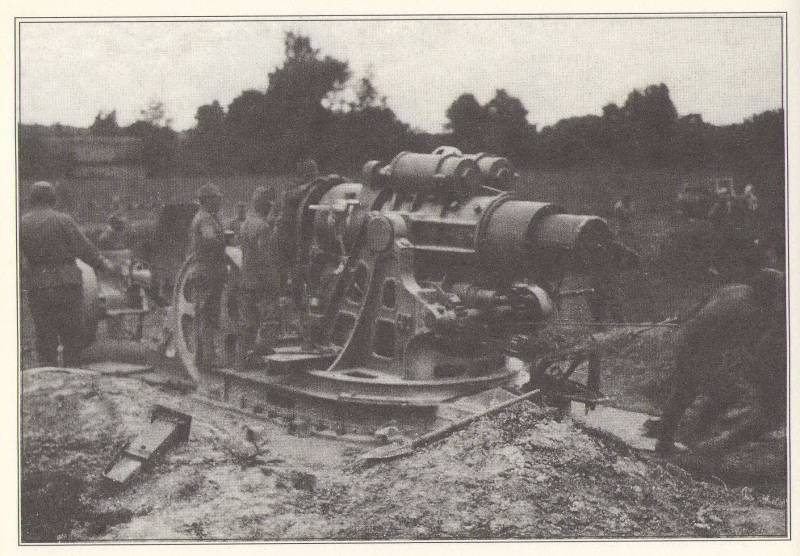
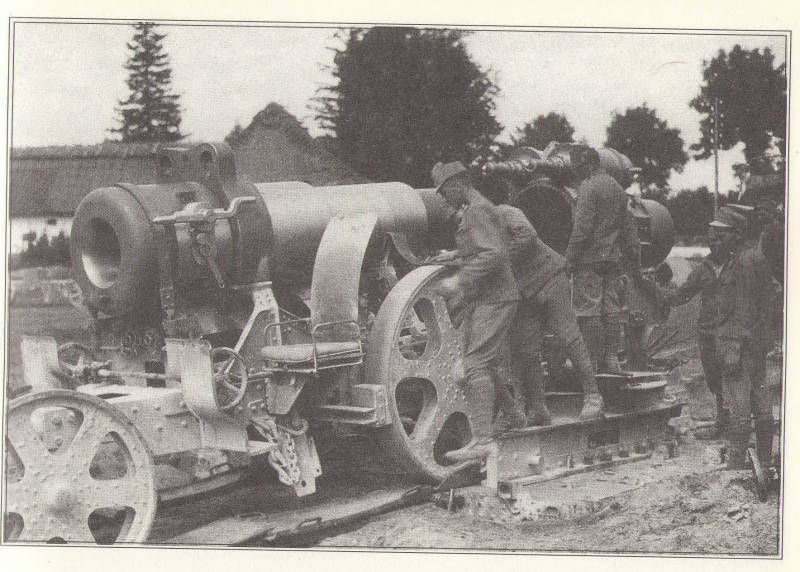
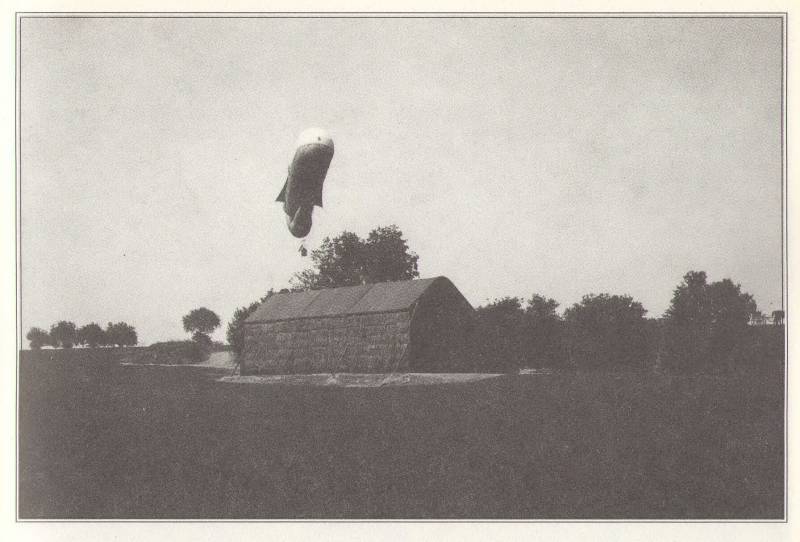
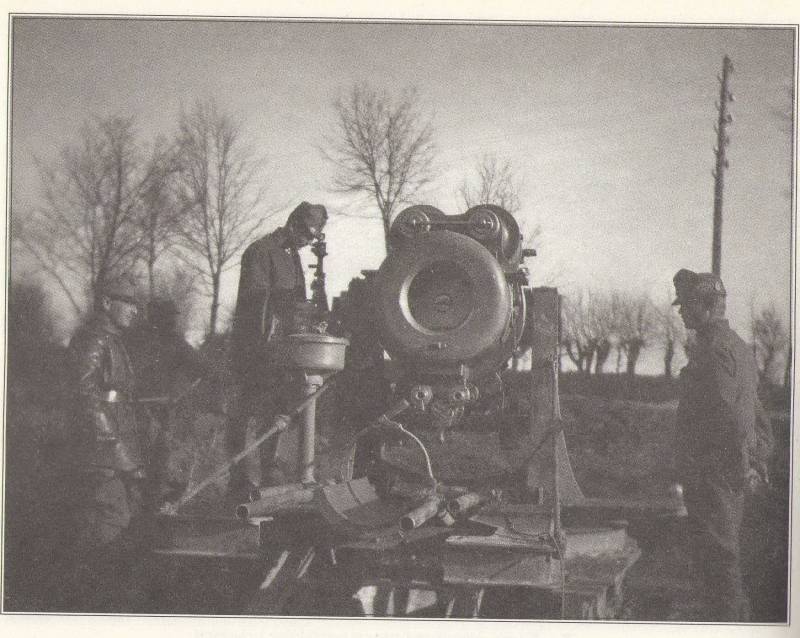
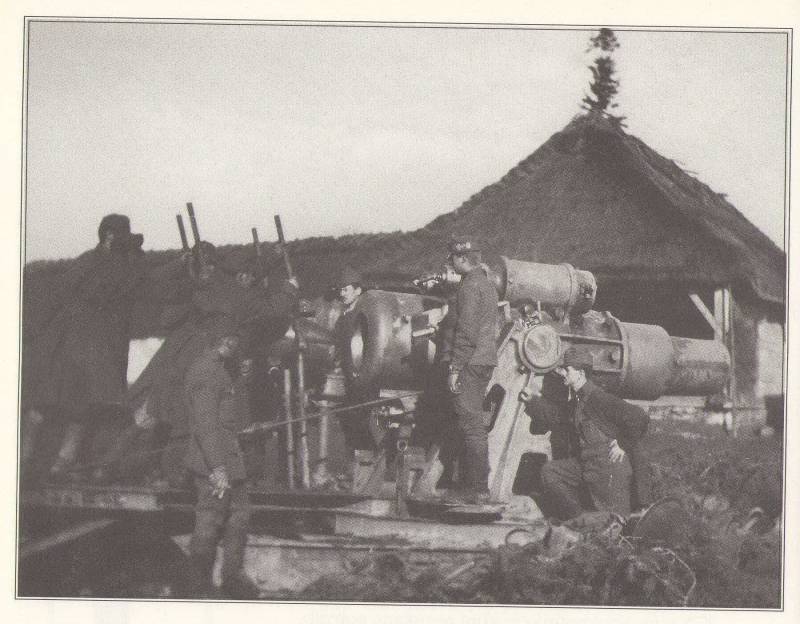
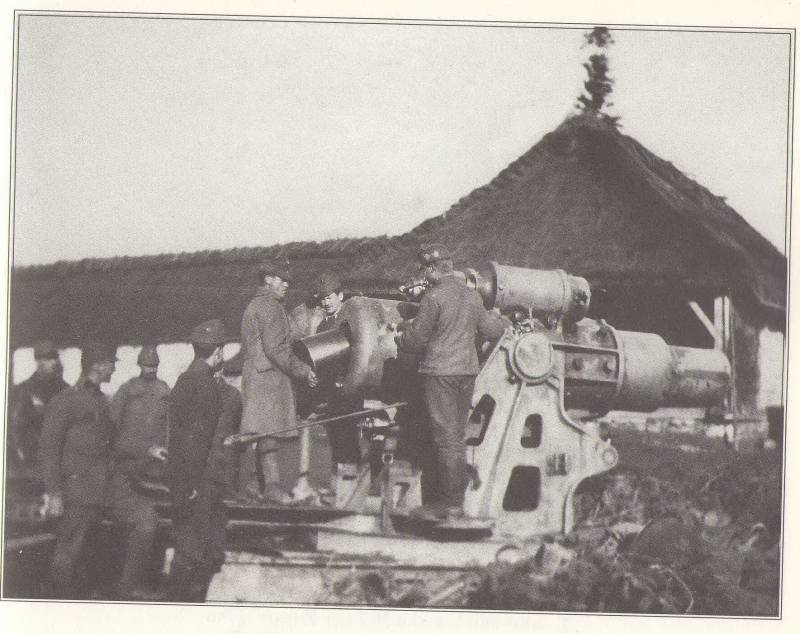
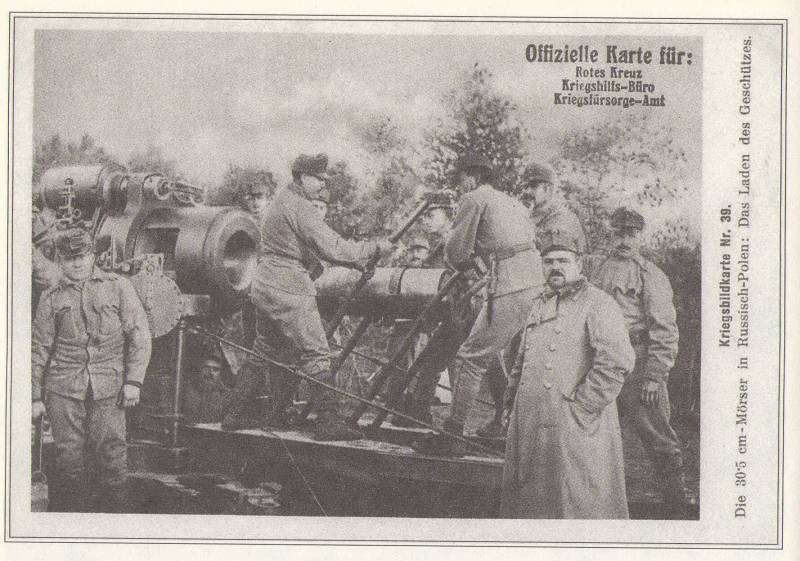
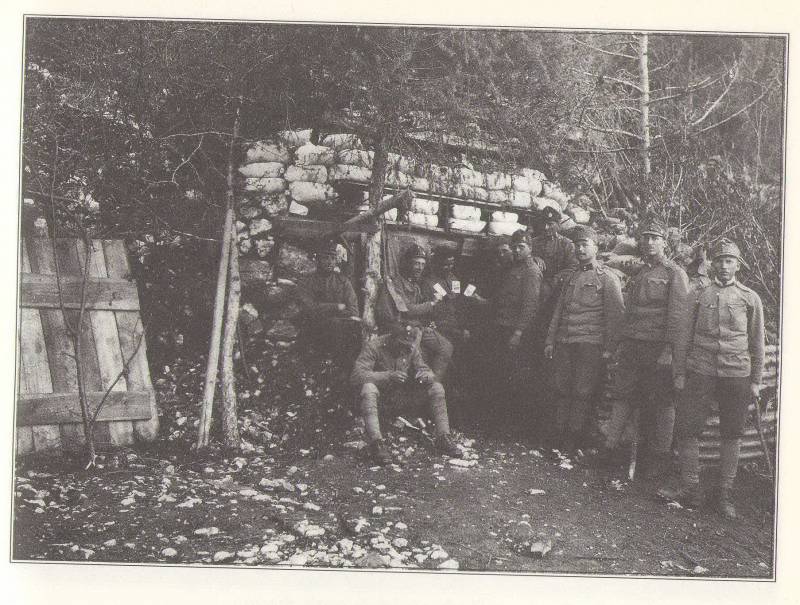
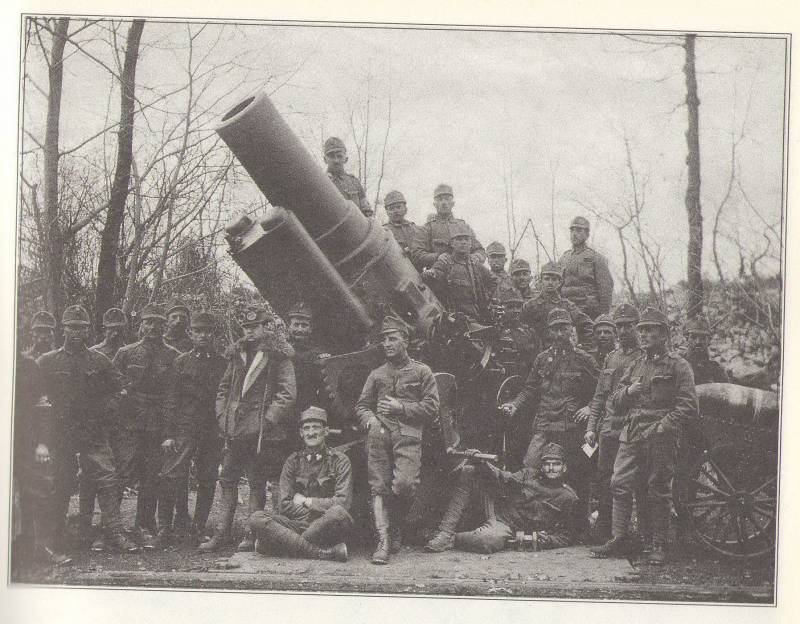
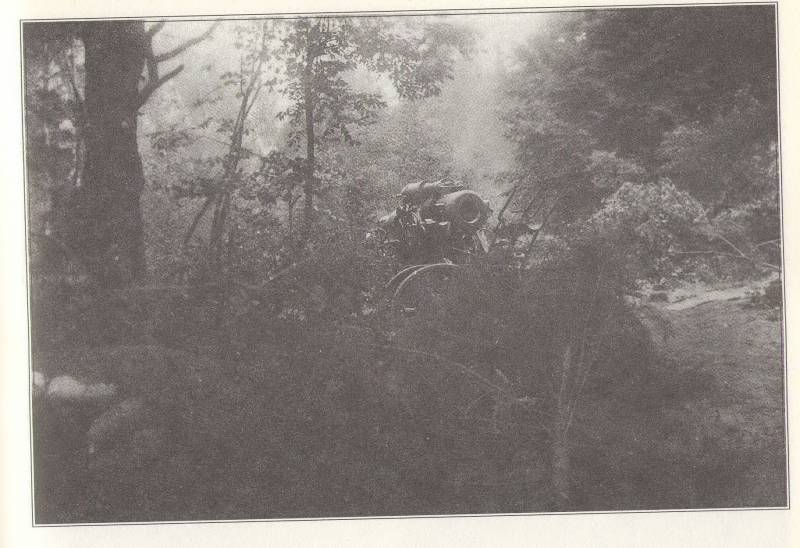
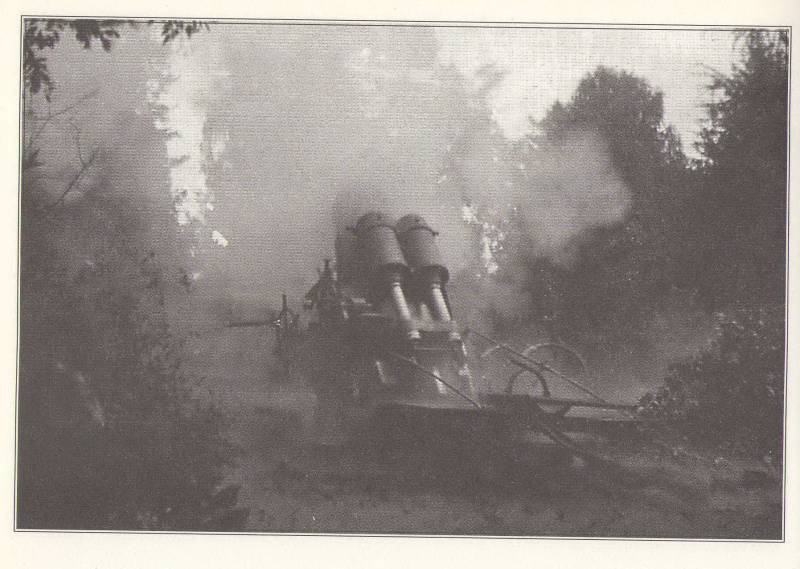
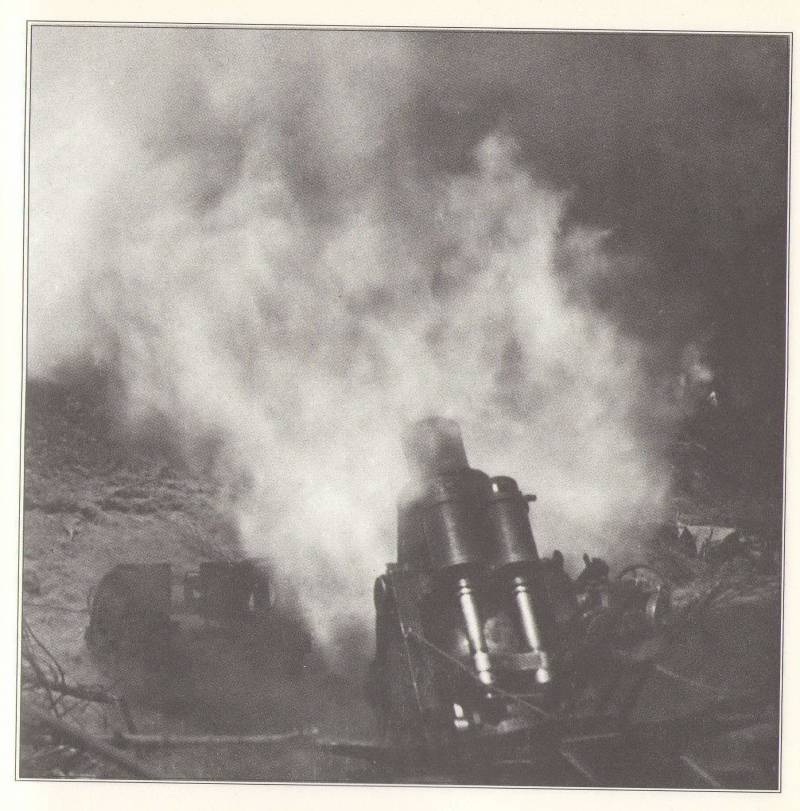
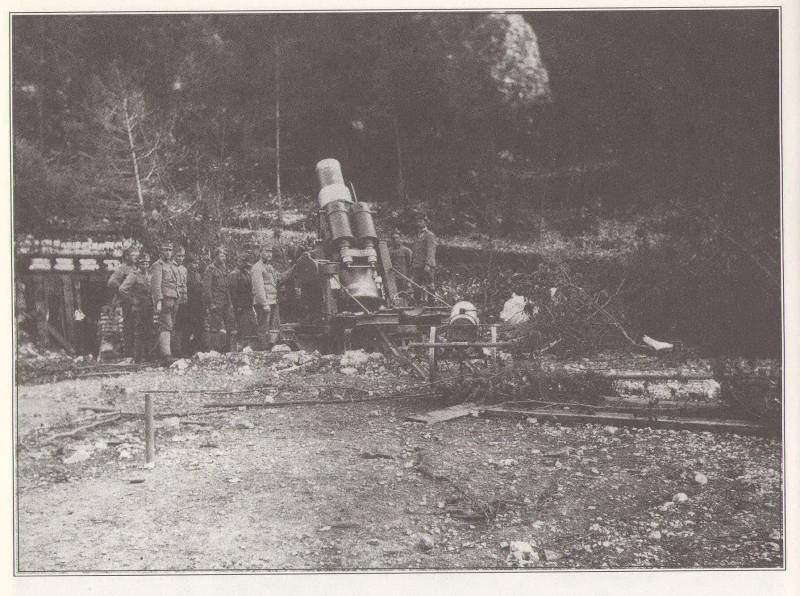
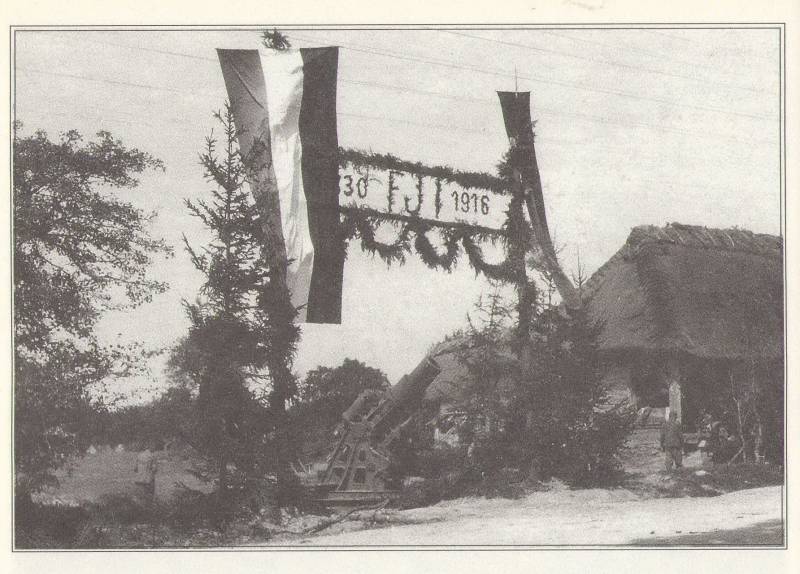
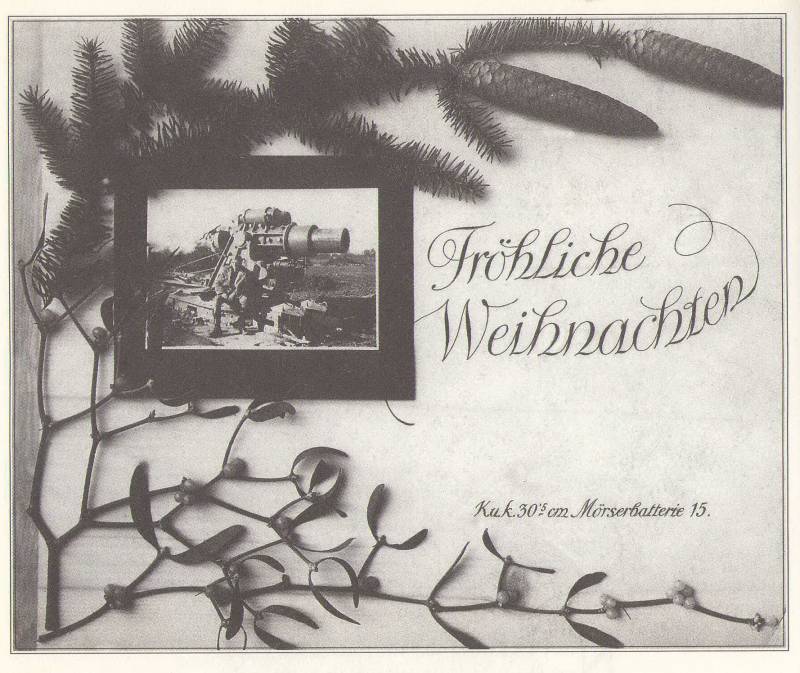
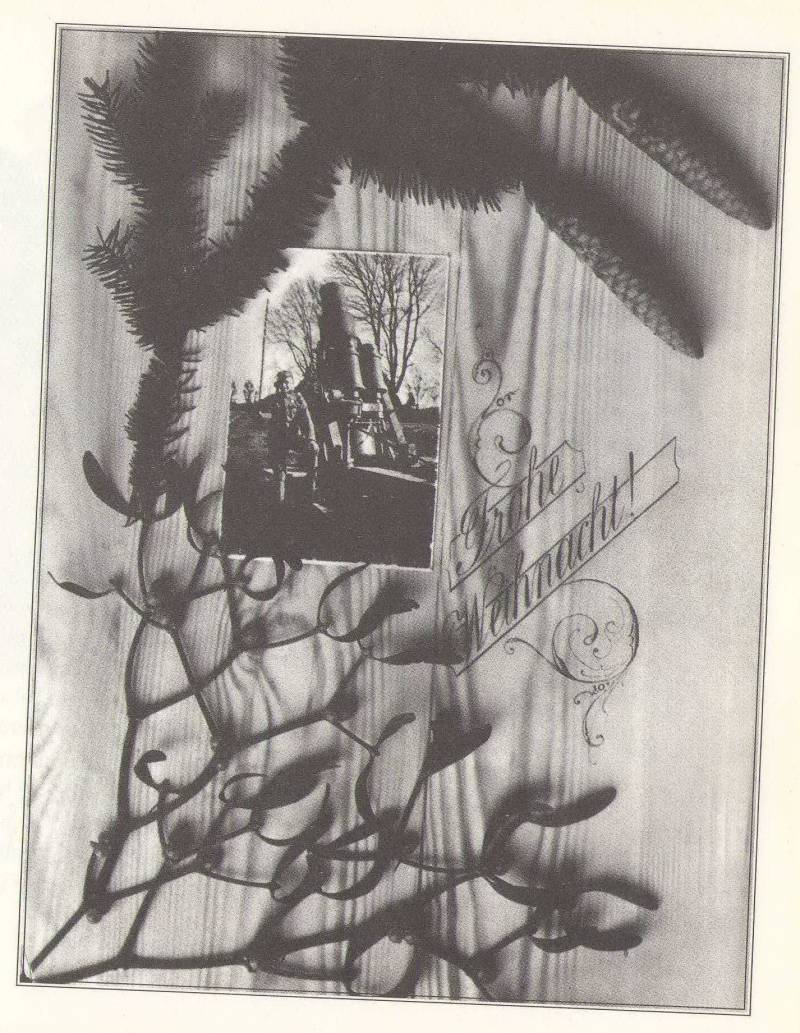
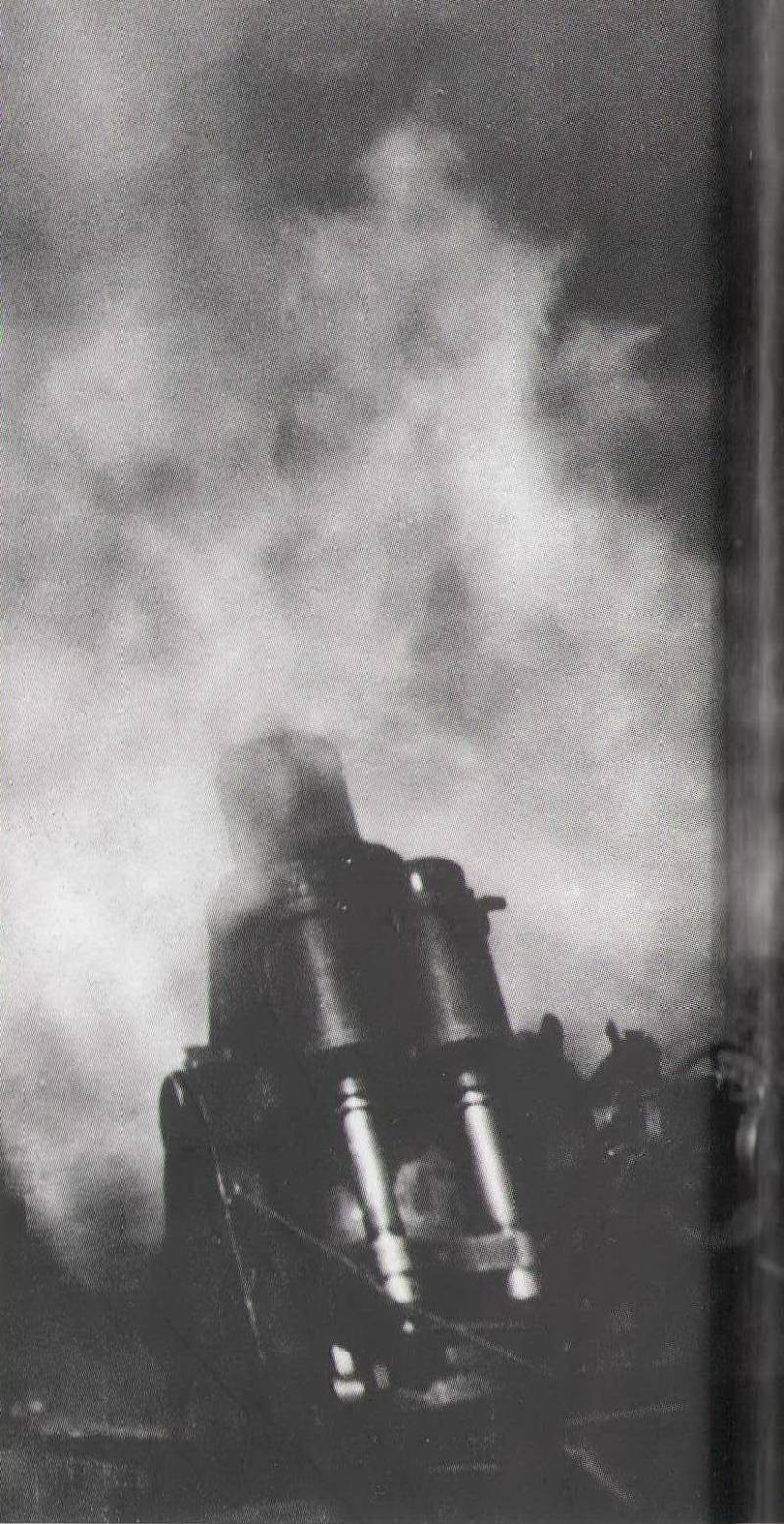
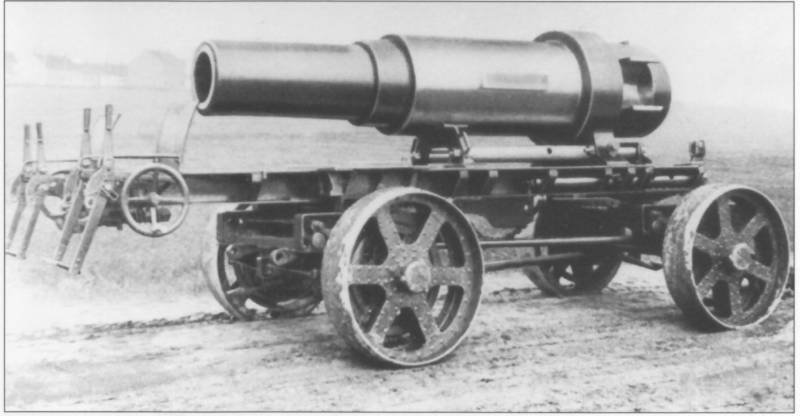
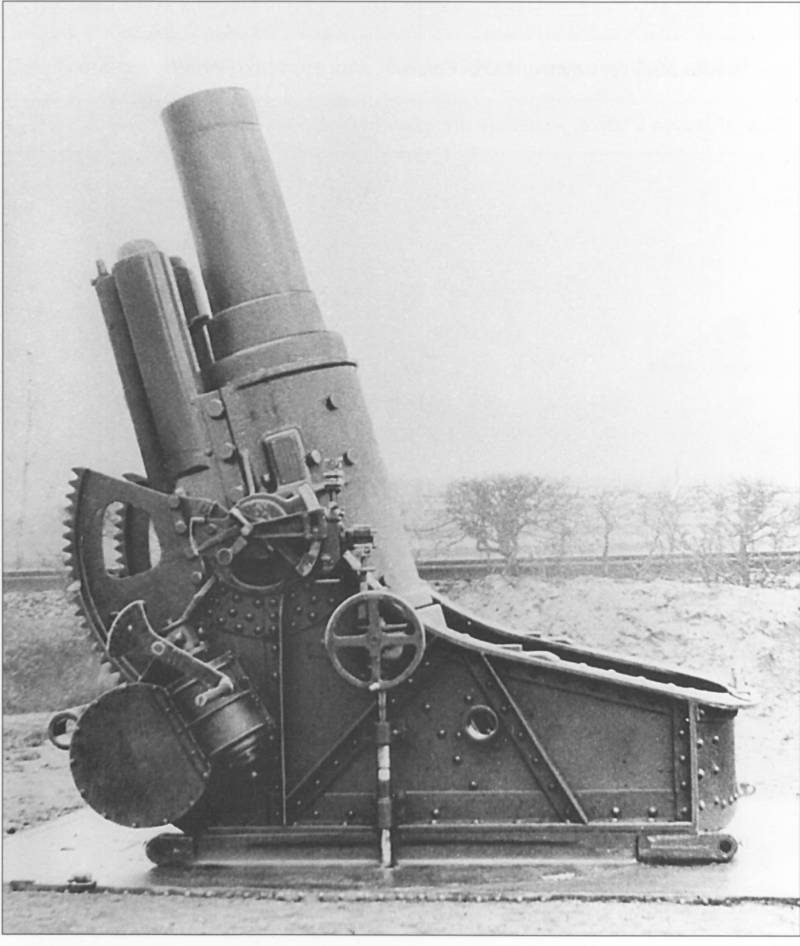
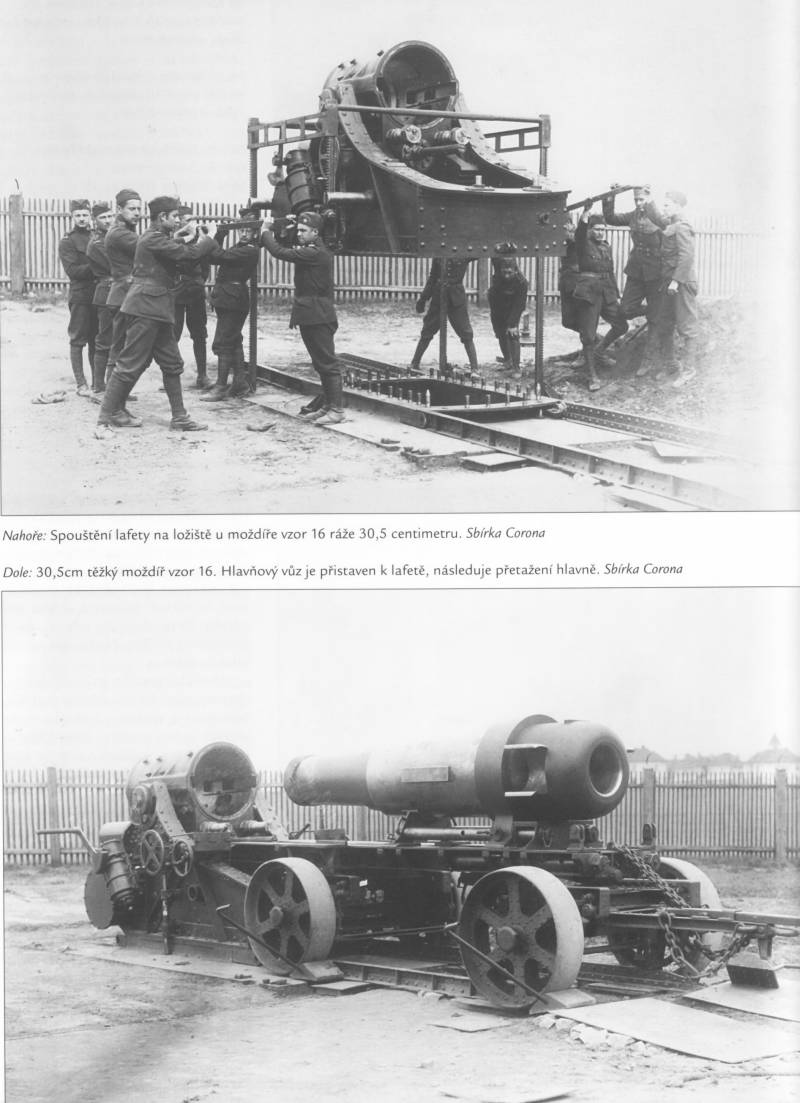
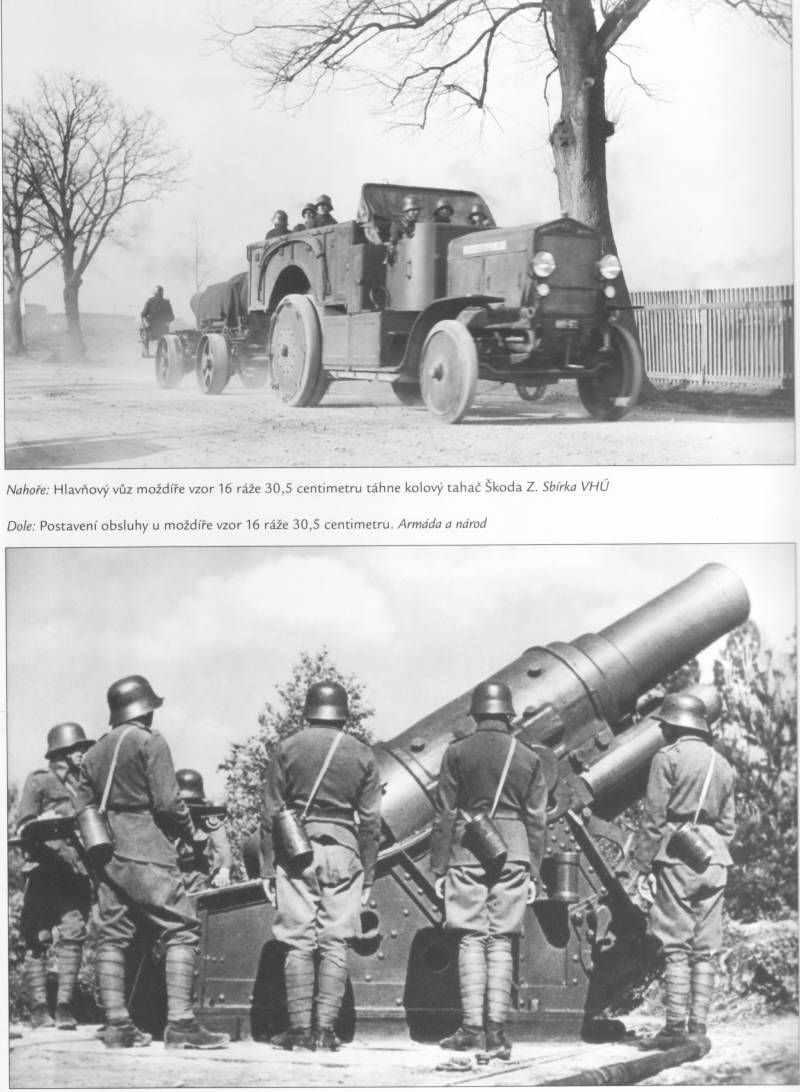
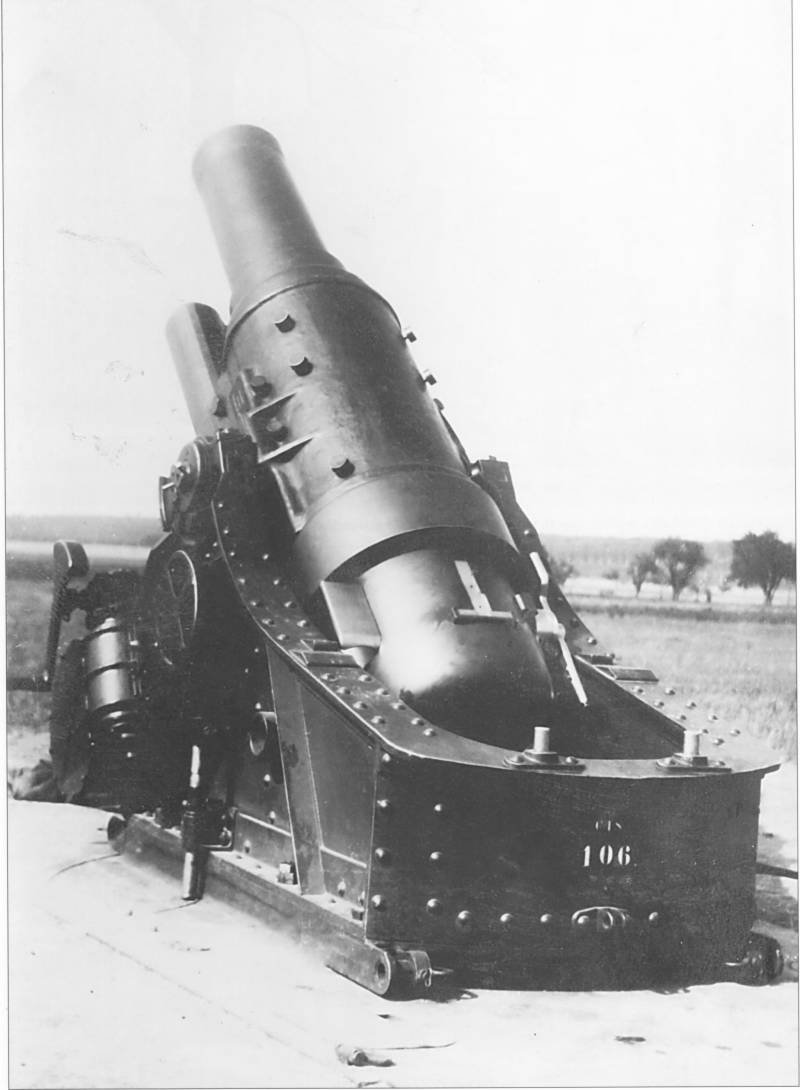
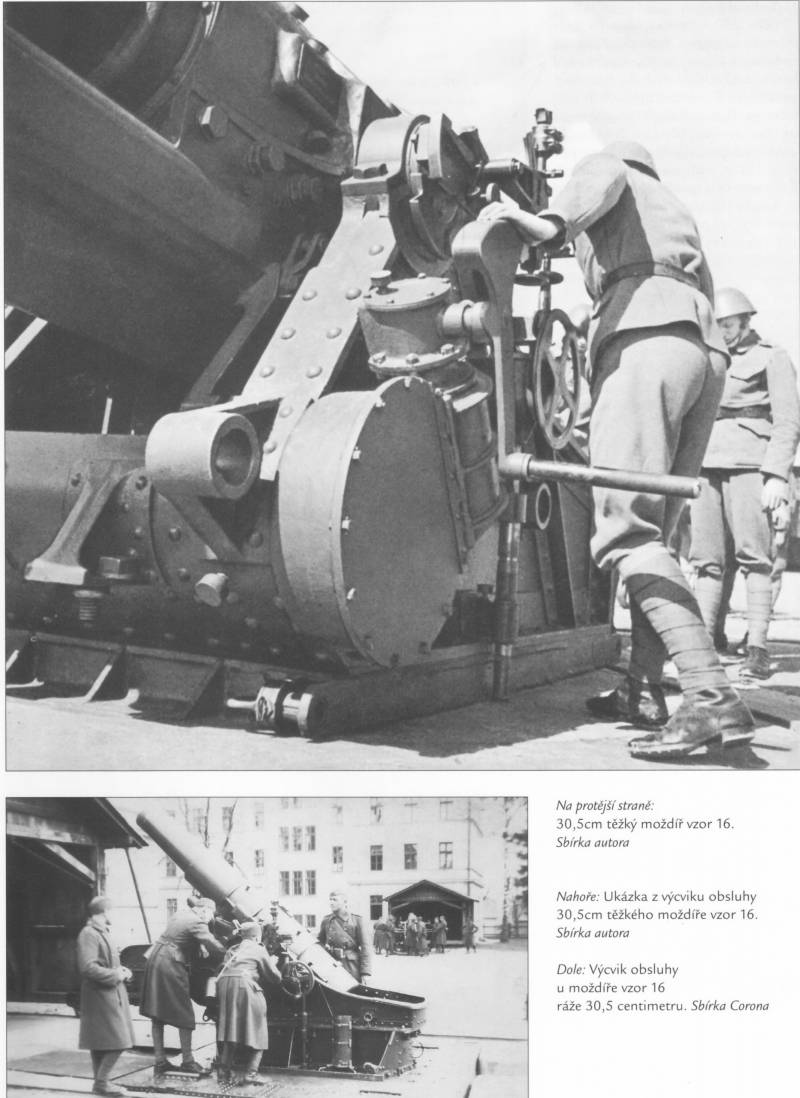
Information